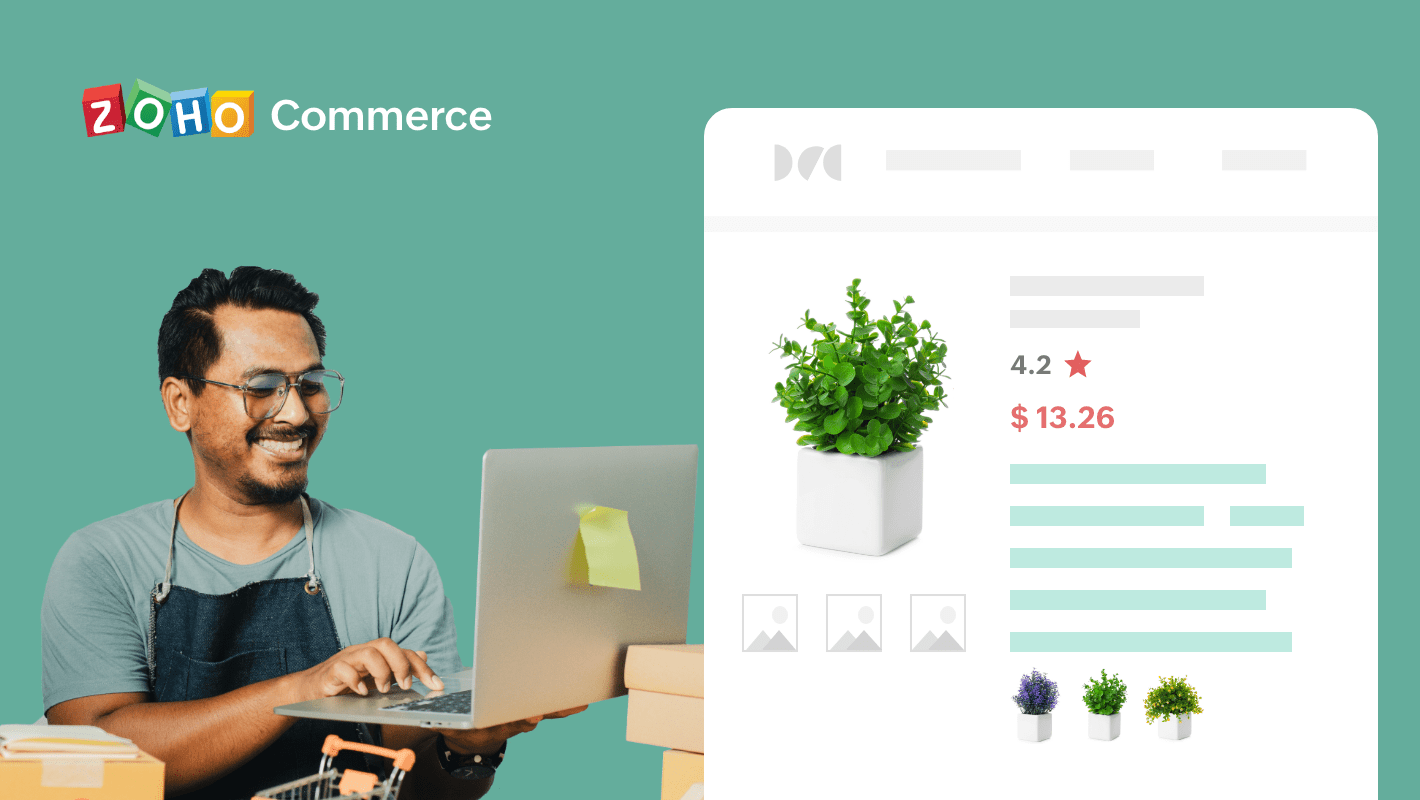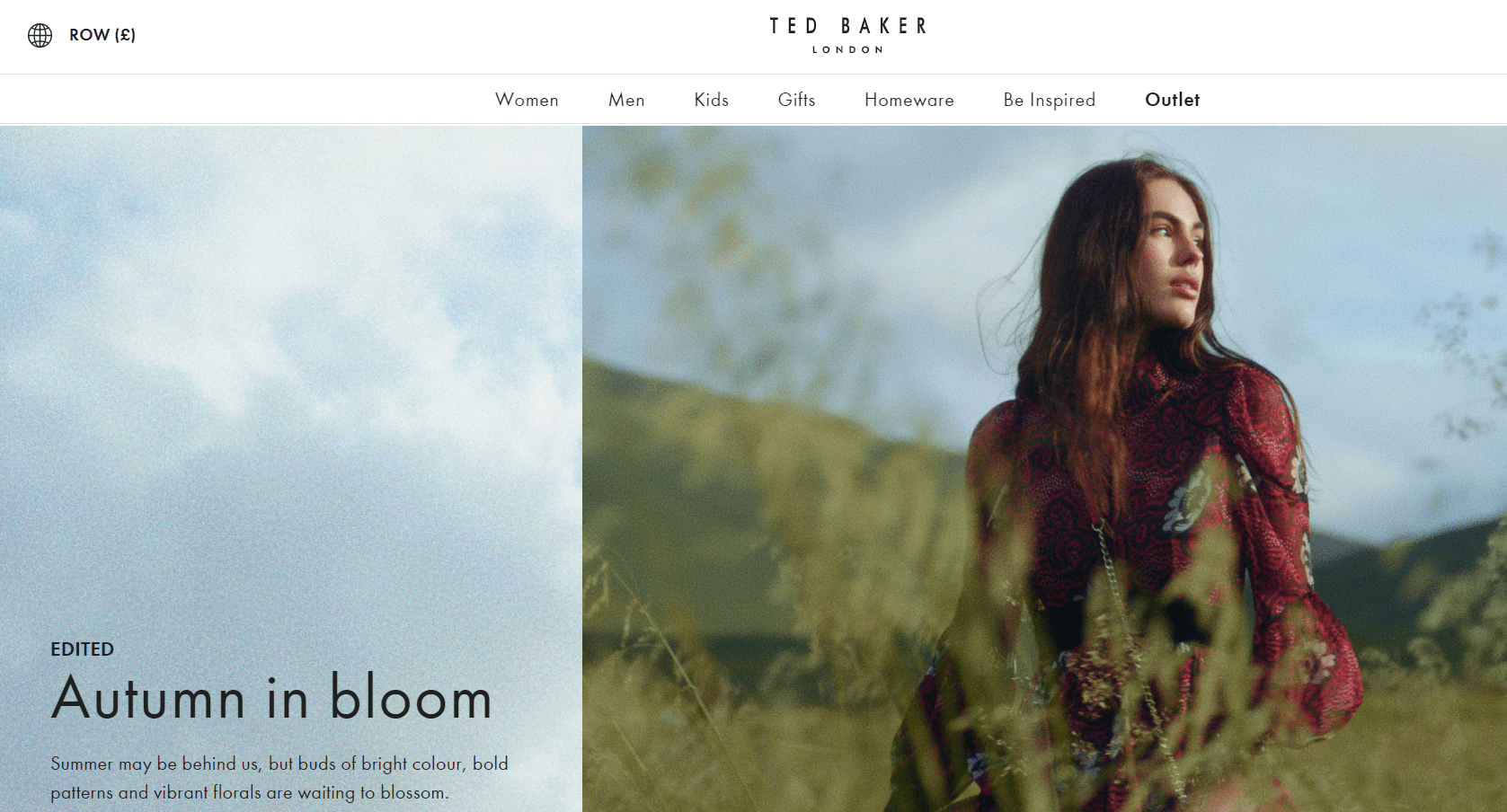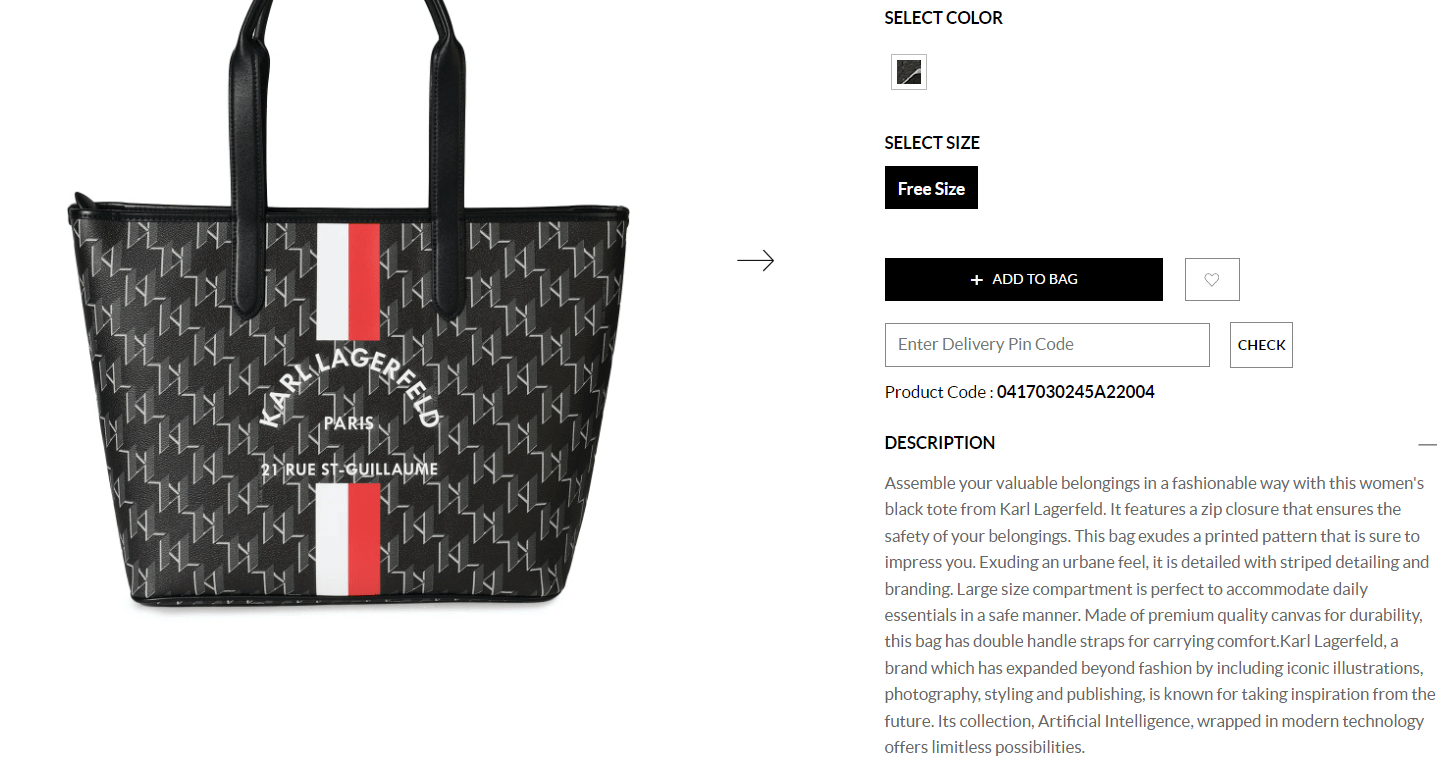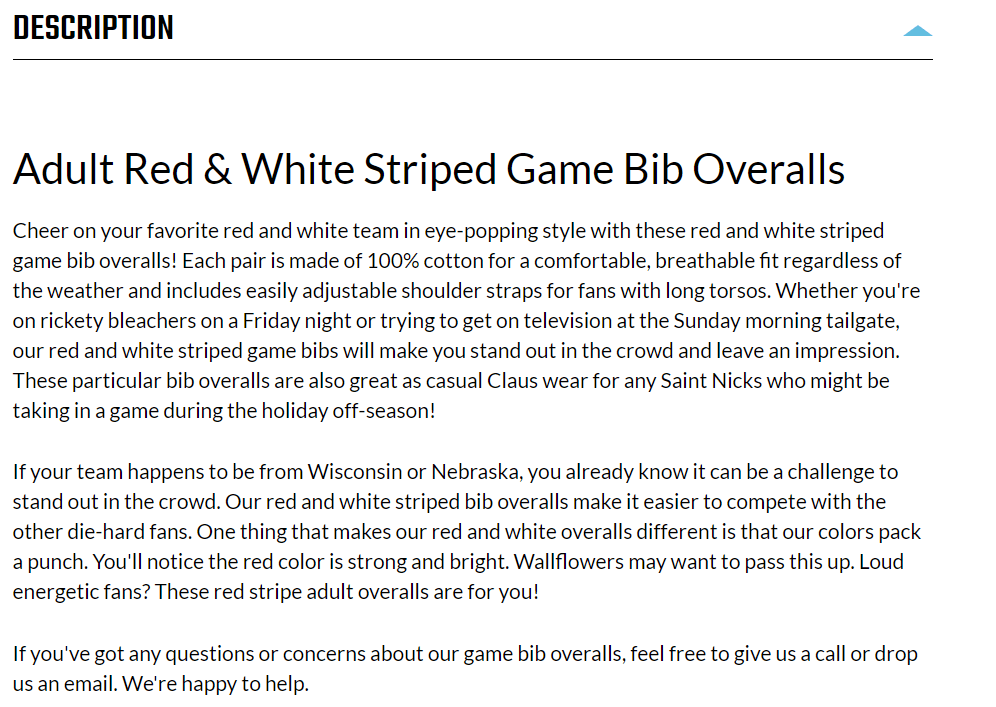- HOME
- Ecommerce marketing
- The science and art of creating magnetic product descriptions that sell
The science and art of creating magnetic product descriptions that sell

Product descriptions have a direct impact on your ecommerce sales. Business owners and marketers make mistakes in how they approach writing copy to describe products on the product pages. You see, product descriptions aren't just describing your products, they're subtly convincing your customer to make a purchase.
In this article, we'll talk about how you should approach writing product descriptions that move inventory.
Product descriptions work with product photos and images. While they are meant to complement them, that's not their only job. Descriptions help your customer make buying decisions, shed new light on your product, provide more information, and convince potential buyers to complete their purchase.
Finally, these descriptions anticipate and answer any questions the customer might have, and make the buyer confident in their purchase. If you create an excellent copy, you can even use it to differentiate your products from your competitors'.
The science and art of product descriptions
Product descriptions should be concise, compelling, and informative. Here's how you can use better product descriptions to drive your sales.
Focus on the customer
Write your product descriptions for the customer, not the product. Make them picture themselves using the product. Do they like that picture? Every time the answer to that question is yes, your product is added to the cart.
When writing descriptions, ask yourself these questions, divided into two parts focusing first on the product, then on how the product solves a problem for the customer.
Part A
How does the product work?
What are the product's features?
What are the product's benefits?
Does this product solve a common problem for customers?
Part B
What does the customer expect from the product?
Does the product meet the customer's expectations—or does it exceed them?
What might the customer be concerned about regarding the product?
How will these concerns be answered?
Is this a unique or rare product?
Now, tell a story
When you answer the questions from Part A, you will have a description of your product, and when you answer the questions under Part B, you will have its story. By crafting your product description in this way, you've given all of the information a customer needs to make an informed decision, but then you've also urged your customer to buy the product.
As you craft a compelling story and paint a picture of how the product will make the customer achieve their desired result, refer to this example:
1. Grab attention with your headline
If a clothing brand wants to christen its collection, it's usually simple and basic. Here's an example:
Autumn collection or Fall collection
Sounds a little meh, doesn't it?
Now, read what this British high-street clothing brand has to say:

Autumn in bloom:
The subtle oxymoron woven into the headline immediately catches a shopper's fancy. It manages to do exactly what a headline is supposed to do, which is to grab your attention. The following description only goes on to delineate and complement the headline:
"Summer may be behind us, but buds of bright colour, bold patterns and vibrant florals are waiting to blossom."
2. Engage your audience with a story
Can you get your product description to tell a story? Find out from these examples. Both of these are descriptions for Gelatinous Cube, a Dungeons & Dragons collectible.

This one states all that you would perhaps want to know. How big is it? Six inches. How many snap-in accessories does it have? 14. It will be a cool part of your collection. Of course, this makes for a decent product description.
But this is a game that has existed for almost six decades, inspiring people to create films, shows, spin-offs, and more. A die-hard D&D fan is probably buying it. How do you talk to them? The way GameStop does:

You absorb these fans into the world of D&D, creating an urge among them to add the Cube to their collection.
3. Explain utility, with details

The description explains everything there is to know about this tote bag, except that it goes the extra mile to describe the problems the bag is likely to resolve.
"It features a zip closure that ensures the safety of your belongings."
Tell us which decent bag doesn't have a zip closure. But here, the description reassures you that it will keep your things safe, making it sound a tad fancy.
"Large size compartment is perfect to accommodate daily essentials in a safe manner."
The buyer now knows that it's a spacious bag that they're investing in, especially one that will accommodate everything in a "safe manner."
"Made of premium quality canvas for durability, this bag has double handle straps for carrying comfort."
Premium quality canvas or double handle straps may mean nothing to the buyer unless you tell them how that will make the bag sturdy and comfortable for them.
4. Create connection with sensory language
Using words to create a connection with the product helps the customer get a feel of the product while browsing online.
-min.png)
"A potent take on freshness, fizzes and bursts with sparkling bergamot and juicy mandarin. Quickly turning into a smooth wave of seduction, the spicy heat of pepper interplays and intertwines with the clean facets of juicy apple and contemporary rose.
Luxurious to the end...
The rich woodyness of vetiver, sandlewood and cedarwood are powdered by musky facets."
Notice how the product description here is generously sprinkled with adjectives and nouns. They're sensory words that give you a sense of taste, smell, and more. Unlike most other perfumes that stick to describing its base, middle, and top notes, this perfume, with its words, sucks you into a world of luxury that promises to gratify you and make you feel powerful.
5. Help them experience the product by making them visualize it

Words have the power to paint a picture, and Game Bibs knows that. They talk about cheering for your team in eye-popping colors, and the breathable fabric and silhouette guarantees comfort.
It goes on to say, "Whether you're on rickety bleachers on a Friday night or trying to get on television at the Sunday morning tailgate, our red and white striped game bibs will make you stand out in the crowd and leave an impression."
Aren't you already imagining those cheap benches, or maybe those lazy Sunday crowds? It paints a picture and assures that you will stand out in the crowd.
The science
There are a few other tried-and-true (and, therefore, more actionable) things you should do to make your product descriptions more hard-hitting.
1. Scan-able descriptions
Shoppers should be able to read about your product quickly—how it works, and what it looks like. Use short sentences and easy-to-read language. Use keywords and phrases that shoppers are likely to understand effortlessly.
2. Advantage search
Keep in mind that using the right keywords will help your products show up in search results. Specific details will also make it easier for customers to find what they're looking for.
For example, if you're selling a black dress, mention the length, neckline, and fabric in the description. You can also use keywords like "chiffon," "lace," and "sequins" to help shoppers find your dress.
3. Be specific
Shoppers don't want to be disappointed when they open up that package you shipped to them. That's the worst feeling in the world! This means that the onus to get things right is on your product descriptions.
Start by describing the product's appearance:
What color and shape is it?
Is it shiny or dull?
Are there any special features or details that set it apart from other products?
Next, talk about the material (if this is indeed your prima donna LBD):
What is it made of?
How does it feel when you wear it?
Is it heavy or light?
How durable is the construction?
Finally, give the buyer a sense of how the product can be used:
Is it for everyday use, or is it more of a specialty item? (in case of an LBD, is it for formal events, clubbing, or an evening out?)
What are some other potential applications?
Can you think of any creative ways to use the product?
The art
Now it's time to persuade them to buy.
1. Use active voice
Using an active voice makes the text clear, concise, and immediate while also building urgency in the reader to make a decision.
Here’s an example:
Active: The sale starts today!
Passive: A new sale is being rolled out today.
2. Describe the benefits
What does the customer gain immediately upon opening the package? Use strong adjectives and descriptive language to paint a picture of how great the feeling of owning the product is going to be.
3. Tread with care
Avoid using jargon or technical terms that may not be familiar to the buyer, unless you're prepared to educate them on those terms completely. Make sure to proofread your description for errors. Typos and mistakes can make you look unprofessional and could cost you a sale. Finally, be sure to include a call to action (CTA) so that customers know what you want them to do.
4. Be intentional about taking and selecting images
Choosing high-quality shots that accurately represent the product is just as important as writing effective copy that sells it.
When taking photos of your product, shoot the item from multiple angles, with good lighting, and in different settings or environments. Make sure your product shots are in focus, with no blur or pixelation.
Good images will help shoppers get a better sense of what the product looks like in real life and how they can use it in real-world situations. Plus, the most effective product images tell a visual story—some buyers rely on product photos more than the copy, especially if they're looking for something in a rush.
5. Don't forget to add keywords to your image names and alt-tags
For example, if you're selling a shirt, you might name the image "red-striped-shirt.jpg" and add the alt tag "red striped shirt." This will help your product show up in search engine results.
Finally, crisp it up!
A 500-word description about how great your product is simply won't work anymore. More than 80% of your traffic is searching for products on mobile devices, and 500 words is more than a scroll. Include all of the relevant information, tell a story, and be free of errors—but be as concise as possible.
When you keep your product descriptions around 200 words in length, the better chance you have that the buyer has learned all they can about your product and they'll click on that magic Buy Now button.
When you're confident you've written the most effective copy and you've selected the best product images, now it's time to sit back and wait for your sales data to come in. Finally, remember to test and track the results so you can implement what works with confidence.
